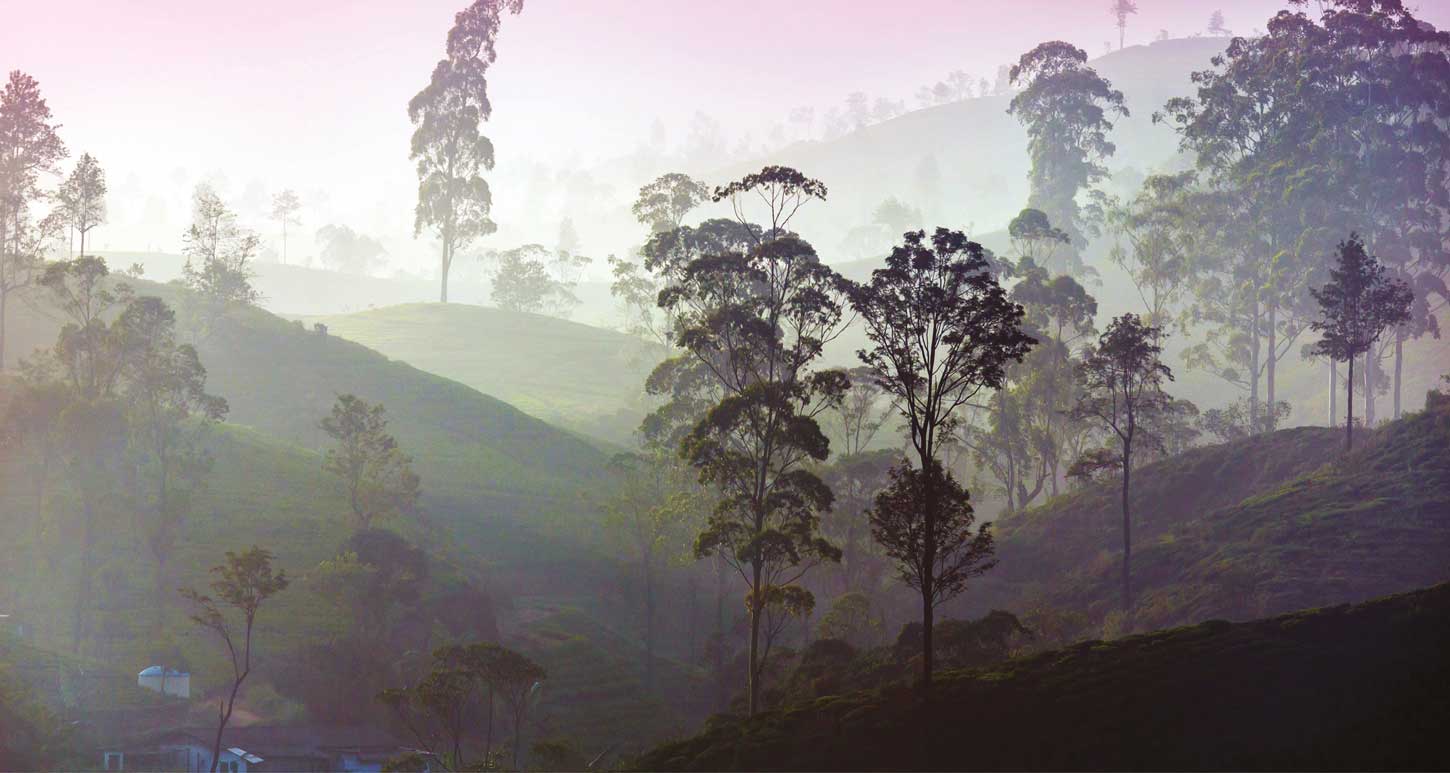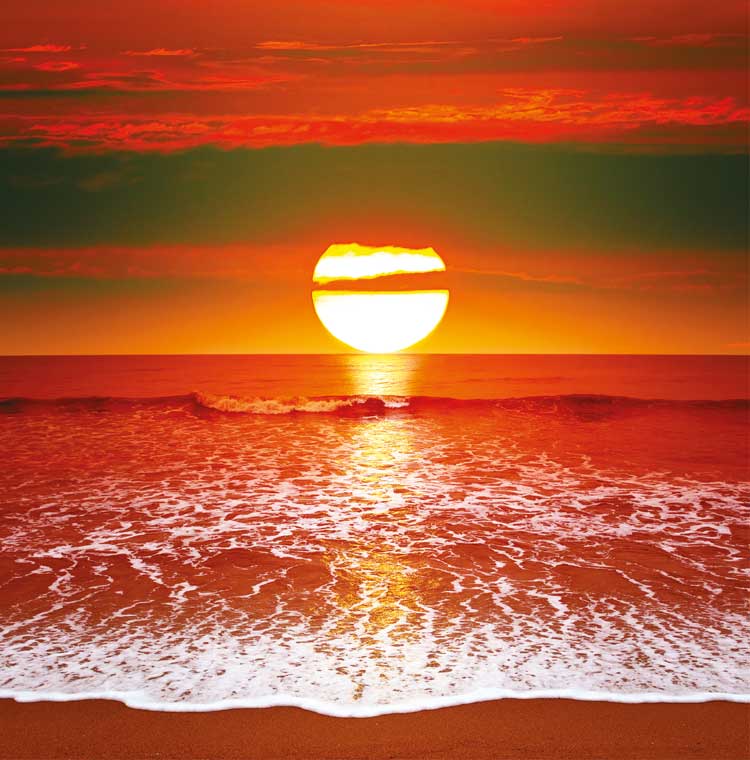NARRATIVES FOR NATURE PROMOTION
The New Sustainable Story
Although the outlook is not rosy for the local tourism sector with the country grappling with shortages in food, fuel, gas and other essentials, the Past President of The Hotels Association of Sri Lanka (THASL) and International Board Member of Asian Ecotourism Network Srilal Miththapala believes that this is an industry that will save the island’s dwindling economy.
“It’s not rocket science to understand that tourism is the one industry that can help mitigate the current economic crisis on the fast track,” he says, noting that the industry was the third largest foreign exchange earner for the country a few years ago before the pandemic.
“Tourism is no stranger to crises, having had to face multiple setbacks, time and time again, over the last 30-40 years,” he pointed out, highlighting that unlike before, “there’s no security or health risks to tourists now,” making it a sector that can save Sri Lanka.
Miththapala lists several strategies to revive its sectors including retaining employees, enhancing infrastructure, uplifting small and medium players in the industry, and educating industry stakeholders to instil sustainability in processes and products. However, above all else, he prioritises the need to create honest, relevant and up-to-date storytelling to bring discerning tourists to Sri Lanka.
He sheds light on the new needs of tourists: “COVID-19 lockdowns have stressed people out and as a result with the post-pandemic euphoria for travel, many are looking for richer, personalised experiences where they can connect with nature, explore the outdoors, embrace wellness and travel in a way that preserves the planet.”
“Sri Lanka is ideally positioned to take advantage of these new travel trends and should take action to urgently capitalise on this advantage to boost our economy with sustainable ecotourism,” he avers.
Storytelling is a key strategy that Miththapala, who has considerable experience in the industry, proposes. He has been advocating positioning Sri Lanka as a sustainable destination with a range of natural attractions, and the only country where you can see the largest land animal and the largest animal in the world.
He is also a promoter of the possible branding of wildlife tourism in Sri Lanka as home to the Big Four: leopard, sloth bear, elephant and the blue whale. He explains that the island can be labelled ‘Best for wildlife next to Africa.’
Being one of the key people behind the branding of The Gathering of Elephants at the Minneriya reservoir banks, he urges authorities to save it from disruption. This well-known unique annual phenomenon that takes place around the reservoir built in the 3rd century AD, is today, under threat due to the Moragahakanda dam project’s water discharge disrupting the ecosystem at Minneriya.
He fears that Sri Lanka will be responsible for losing one of the world’s unique wildlife attractions. Ranked amongst the top ten greatest wildlife spectacles in the world, The Gathering also has massive revenue generating potential for Sri Lanka.
Miththpala calculates that the spectacle is worth around Rs. 3.3 billion annually, taking into consideration revenue streams such as hotels and accommodation, food and beverage, safari jeep hires and wildlife department fees. “With around 400-600 elephants taking part in The Gathering, that’s a lot of net worth for one elephant,” he adds, signalling the need to conserve Sri Lanka’s wild pachyderms.
Being an inherently sustainable and ecotourism destination that is abundant in nature and cultural attractions, Sri Lanka needs to tell its story right. “Maldives has sun and sand, and they market it right, whereas we have so many attractions and still don’t know what to promote,” he says, adding that “we don’t need big money – there’s a lot we can do with some creative, low cost, online marketing campaigns that tell the world our story.”
“Being an inherently sustainable and ecotourism destination that is abundant in nature and cultural attractions, Sri Lanka needs to tell its story right






